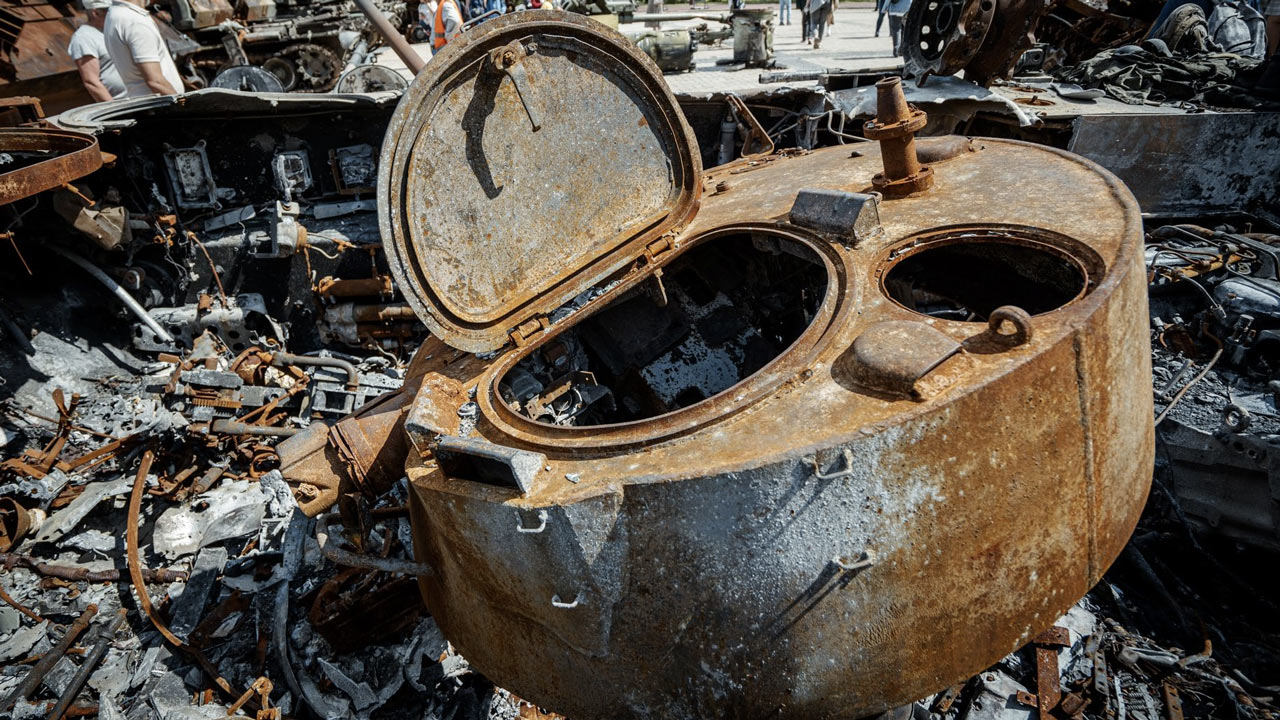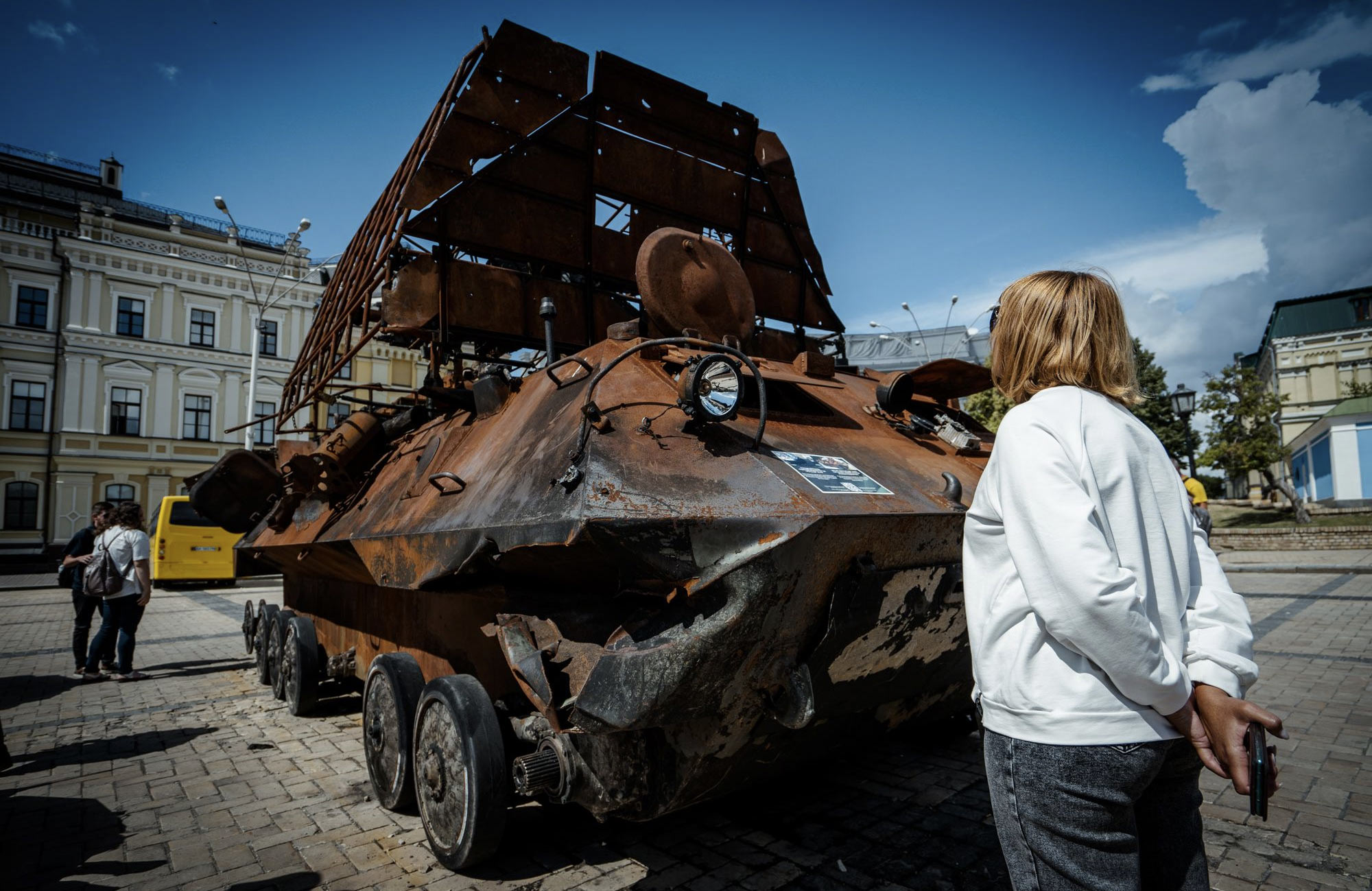
The Russian invasion of Ukraine has probably continued for longer than many would have expected, especially the aggressor. One upshot of the extended length of this Eastern European conflict in modern times is the way in which technology is increasingly playing a part. It isn't just the big names in weapon tech that can and are making a difference, though. The Economist has written about some intriguing weaponry finessing done by Ukrainian amateurs thanks to the help of trending tech like 3D Printers and ChatGPT artificial intelligence.
3D Printing Innovations in Weaponry
There are a lot of small groups inside and outside of Ukraine that are designing custom 'candy bombs,' which mix a container, explosive, shrapnel, and sometimes other components. According to one soldier talking to The Economist, there might be 200 or so groups making as many different types of explosive ordnance.
The wide range of contributors is testament to the fierce enthusiasm of the defenders of Ukraine, but it might not be best for efficiency. Thus, efforts are now ongoing to reduce the number of bomb types and their production methods.
A very common crucial component of a bomb is its casing or container. This is a component that isn't easy to buy, but is readily manufactured by 3D printing enthusiasts. The Economist talked to two different 'candy bomb' makers who use 3D printing technology to manufacture drone-dropped bomb cases.
The first illustrative case involved a man based in Kyiv nicknamed Lyosha. Lyosha and friends were disappointed with the impact of drone-dropped grenades, so they came up with an 800g (1.75 pounds) anti-personnel bomb dubbed the 'Rabbit.' In tests this more than double weight bomb cut through wooden planks "like butter," says The Economist. The Ukranian military has asked for 1,500 'Rabbit' bombs per day, but the production team is only currently capable of outputting 1,000.
Another interesting example of a 3D Printed bomb for drone operators to drop is called the 'Big Egg,' and it comes from a Polish volunteer group dubbed the Wild Bees. Apparently, the Wild Bees create the body and tail for the 27cm (nearly 11-inch) bomb. They are imported to Ukraine thanks to customs turning a blind eye to the consignments of 'candy holders.'
Various ingredients are then added by the military, including shrapnel and explosives. Modifications to the placement and arrangement of the components have been made to increase effectiveness. The Economist suggests that some groups of Ukrainian bomb-makers have also harnessed the machine-smarts offered by ChatGPT to boost killing and destruction efficiency.

ChatGPT Steers Refinements
Though ChatGPT has in recent months been reined in — it will try to avoid giving useful answers regarding illegal, immoral, or similar topics — The Economist reports that Ukrainian bomb makers have harnessed this AI for "engineering tips."
The source report doesn't mention specific bomb design gains directly attributable to the AI assistance. However, it follows up directly with insight to how some candy bombs have been formulated with shrapnel material that causes superheated plasma jets, which are useful for boring through armor. Apparently, these anti-armor drone-payload bombs are demonstrably effective yet need only weigh about 500g (1.1 pounds).
As mentioned above, 200 different groups, each making different custom bombs, may be good for innovation. Nevertheless, at this stage it might be a good idea to do some assessment into the best performing bombs to help steer production efficiency. Those efforts are underway, but less efficient weapons are better than no weapons at all.







